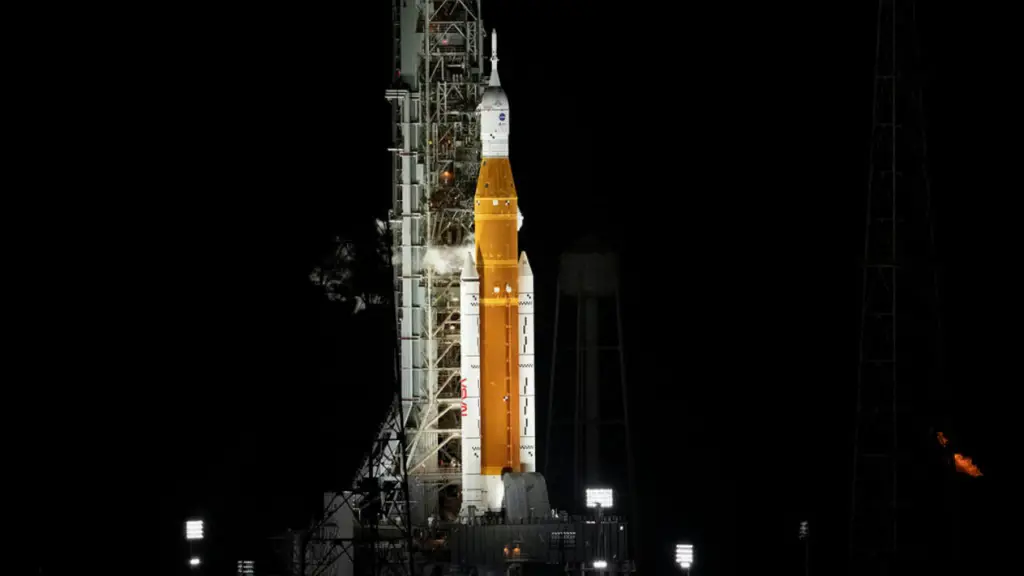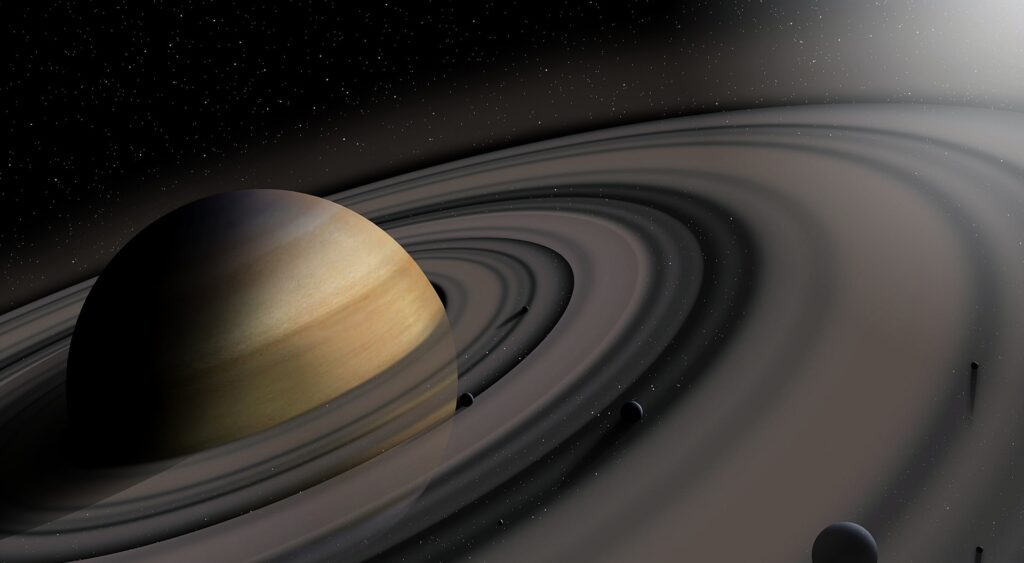NASA is partnering with computer startup Lonestar and the Isle of Man to create a new system that uses blockchain for data storage on the moon, a report published by BBC Science Focus reveals. The primary goal of this project is to safely store unchangeable data records on lunar missions such as information about cargo, spacecraft, and mission goals on the moon using blockchain’s distributed ledger technology. This new technology will offer numerous new opportunities for both NASA and other space agencies hoping to colonize the moon.
Why NASA is Interested in using Blockchain for data storage on the moon
Blockchain technologies have created a huge impact on the world since the early 21st century. As NASA is hoping to commence with another phase of space exploration, the agency is seeing the need to deploy the sophistication of blockchain for data storage on the moon. Here are several reasons why NASA is considering this option.
To Improve Data Accuracy and Transparency
The need to improve data accuracy and transparency on the moon is one of the reasons why NASA is considering storing data on the moon with blockchain technology. Unlike most means of storing data, blockchain is a safer and better way to store data.
In fact, the innovation of this technology will enable space agencies participating in lunar exploration will improve the way they store data to boost data accuracy and transparency.
Secure our Data in a Case Where Earth Becomes Unliveable
Billions of years after its formation, Earth remained unliveable for our kind. Scientists have discovered that our planet may likely become unliveable again in the future. But this new partnership will help in saving Earth’s secret among the stars.
“In history, we’ve seen several circumstances where perceived bodies of knowledge have been lost or cultures have disappeared,” head of innovation at Digital Isle of Man Kurt Roosen told BBC Science Focus.
Hence, we should not wait until Earth becomes unliveable before planning to preserve our important data for the next generation.
A move to store data on celestial bodies
Any technology successfully implemented on the moon will surely make it to another celestial body someday. Just as NASA and other agencies are currently exploring Mars today, they will also decide to take this blockchain technology to store Martian data on the red planet. Lessons learned from this partnership will determine when NASA will take this technology to another space world.
Progresses made in the development of this technology that will use blockchain for data storage on the moon
The team will soon start testing the storage capacity using stamps from the Isle of Man. Once the testing is completed, the next phase will be to launch it to the moon. NASA is hoping to launch a lunar data cube to the moon in February 2024. It will travel to the moon as a black rectangle carrying a terabyte of data which will be powered by solar energy.
“It could sit there forever,” Roosen told BBC Science Focus.
This bold statement suggests that the storage technology is more sustainable than other storage solutions available to our civilization. Roosen confidently revealed that the blockchain solution has remained unparalleled as nobody can hack the data stored on the moon. Roosen is confident that the hacker would have to be physically present on the moon to even make any attempt.
Despite the innovative features of this technology, some scientists still doubt Roosen’s opinions.
Prof Peter Bentley, a computer scientist at University College London, revealed to the science news outlet that the project will cost a fortune and that there are better solutions to safely store data than what Roosen is suggesting.
“It’s like throwing a bottle containing a thumb drive into the sea. The data is not going to get hacked, but there are a few other issues,” Bentley said.
As regards the hacking potential, Bentley shared an entirely different opinion from what Roosen is suggesting.
“Data breaches and hacking have nothing to do with proximity. If you can connect to it, and you can get past the encryption and security, then you can get the data,” Bentley noted.
The Mission Still Has Some Challenges
Despite the promising future of this mission, Roosen still admits that there are some challenges still facing them in planning the mission. However, the scientists are fully ready to counter these issues.
“It’s a really interesting challenge, not just for us, but for NASA,” said Roosen. “[People often tell NASA] ‘You made up the moon missions’ and proving that they’re actually it is surprisingly difficult.”
The three organizations working on this mission will surely encounter technological and logistical challenges. However, the trio will surely find solutions to building and maintaining a network infrastructure on the moon, ensuring the security and longevity of blockchain systems in the challenging environment of the moon. Application of any blockchain on the moon will surely need agreements among international coordination regulatory bodies including spacefaring countries and organizations.
Additionally, any blockchain application in space activities will probably need international coordination, regulatory frameworks, and agreements among spacefaring countries and organizations. The three firms working on this project will go the extra mile to ensure that they succeed with the mission.
Conclusion
While blockchain technology has been used more frequently on Earth, NASA and its partners are about to use blockchain for data storage on the moon. The three organizations working on this futuristic project are doing everything possible to ensure that they achieve great success in handling this project. You can check out these best moonlights to use at home.





